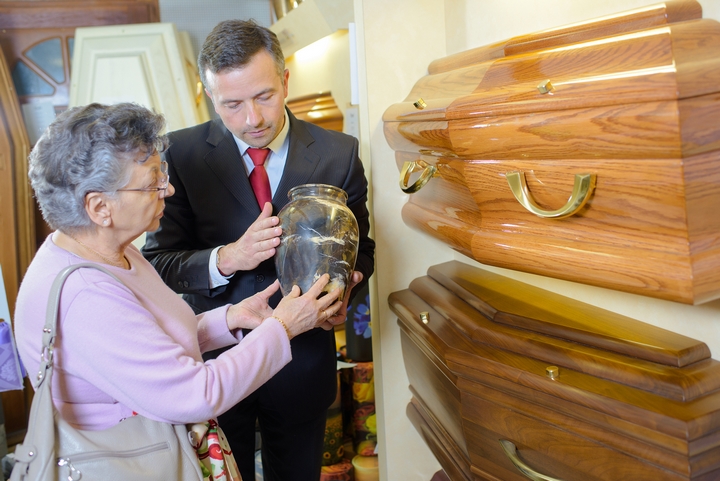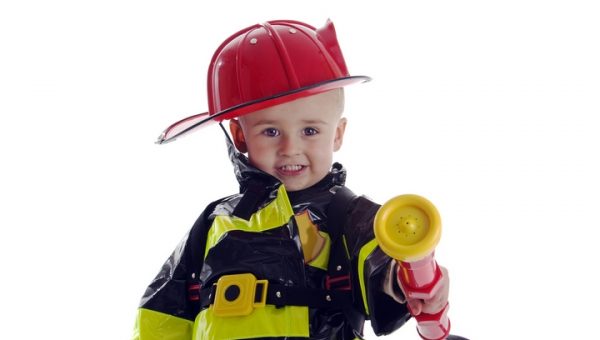After the loss of a loved one comes the difficult task of arranging for a funeral. Many people choose to have the deceased cremated. This may also be the decision of the deceased themselves while they were alive and sorting their affairs. Whether it’s a burial or cremation, it is such a painful and emotional time for the loved ones left behind. Let’s take a look at the cremation process to get a better understanding of what will happen.
1. Why Cremate?
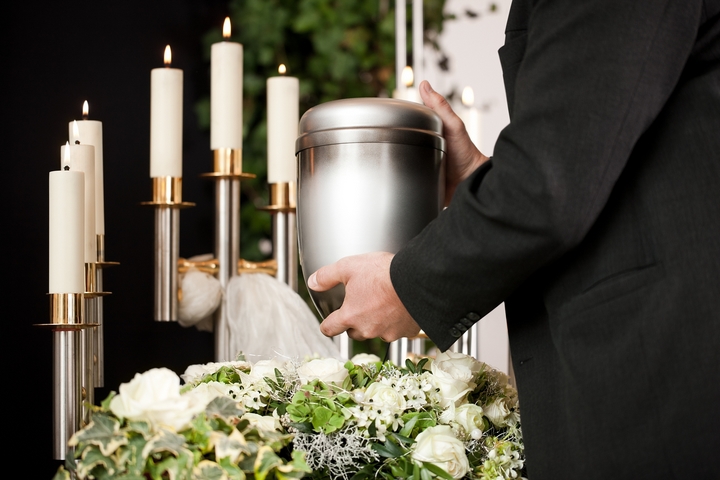
A cremation can be based on many reasons. It may be due to religion or belief. It may have been the wish of the deceased. A cremation is also a quick way of disposing the body. In terms of the date, it offers a more flexible funeral date if a cremation is chosen. In fact, a memorial service can be held even after many weeks have passed, sometimes in a different province from that of the cremation. UPS have been allowed legally to ship and transport the cremains (the remains of a cremated person).
2. The Urn
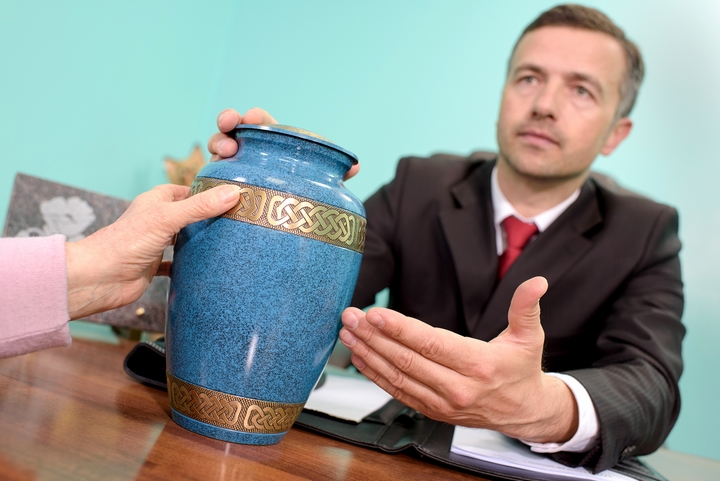
Cremation urns can be made from several materials. These include ceramic, marble, pewter, wood or metal. These urns come in various sizes, shapes and prices. They can go up to $1,000. The ones that cost much less are used for burial.
3. Cremation Process (Before)
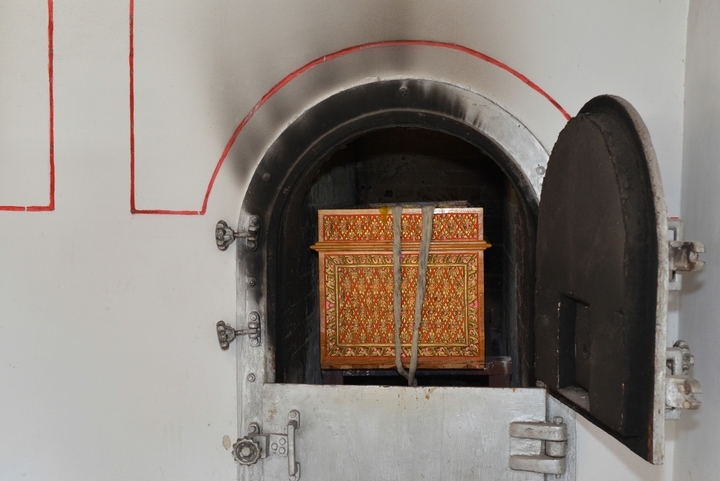
These tend to be very well orchestrated. Once the person dies, someone from the funeral home or crematorium will take the deceased. However, there must be a death certificate and all other documentation must have been taken care of and filled properly. This process can actually take up to 2 days, a period that is sometimes called the ‘waiting period’.
During this period, the body of the deceased will be in temperature-controlled refrigeration (enclosed) until the moment it has to be transported. It depends on what the family wants at this stage. They may want to have a service so that people can pay their respects and view the body, in which case, the body will have to be prepared for this. On the other hand, it may also be prepared for a cremation. The date of the cremation will depend on the funeral home or the crematorium.
4. After Cremation
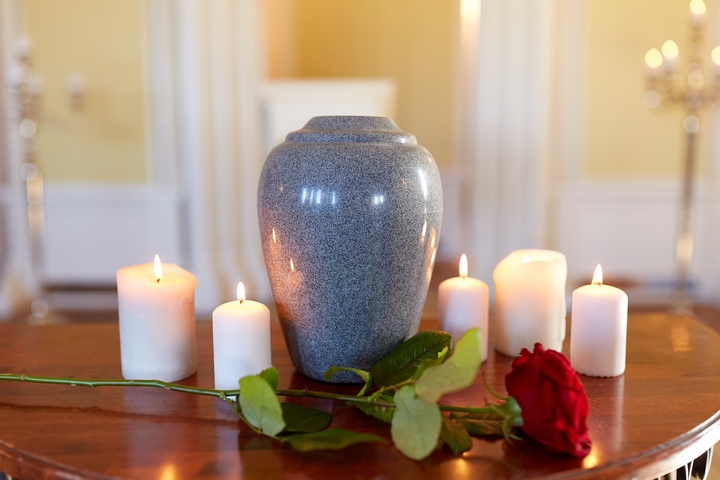
After the body has been cremated, the remains are removed and it will be checked for any objects such as metal from dental work or perhaps from some kind of joint surgery. Sometimes, certain surgeries will make use of metal plates and screws. The rest of the ashes will go into a grinder and processed properly so that it will go easily into an urn. Any larger fragments will be processed into a more finer form (ash form). Assuming a permanent urn has not been chosen yet, the ash will be kept in a temporary container. The ashes can now be given either to the funeral home or directly to the family.
5. Final Disposal
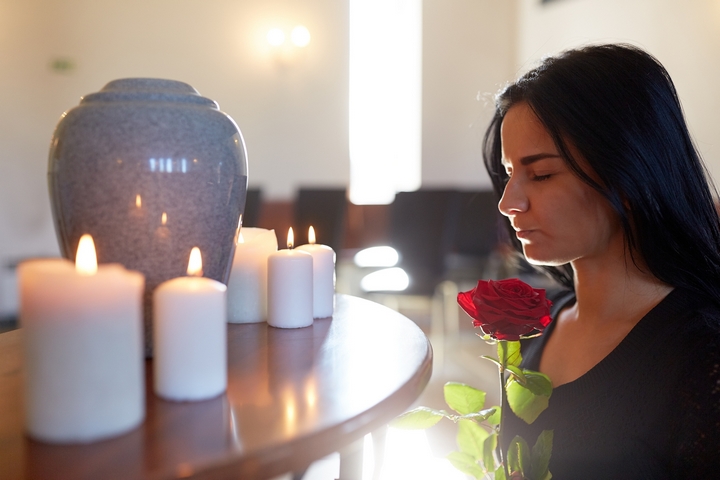
Some people collect the urn and keep it in their home. Others may bury it in a cemetery with a headstone. Some families may spread the ashes in various places, perhaps somewhere that was special to the person when they were alive. A tree may also be planted in their name and have the ashes spread there. However, there are certain laws and regulations as to what is and isn’t allowed, so you need to check first. You could also speak to the funeral director and ask their advice on disposing the ashes.
The cremation can actually take several hours. There is a switch that turns on the device as the body is slowly taken inside. Some funeral directors may ask a family member if they wish to turn on this switch. Some may do so while others find it too difficult, in which case the funeral director will turn on the device as the deceased make their final journey.

